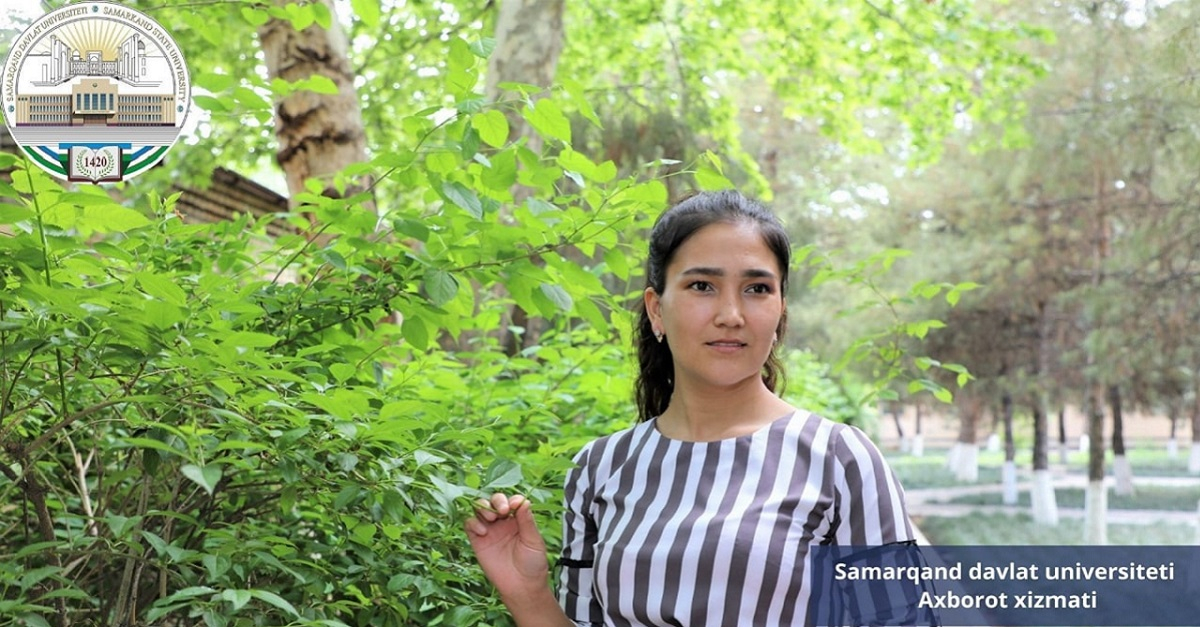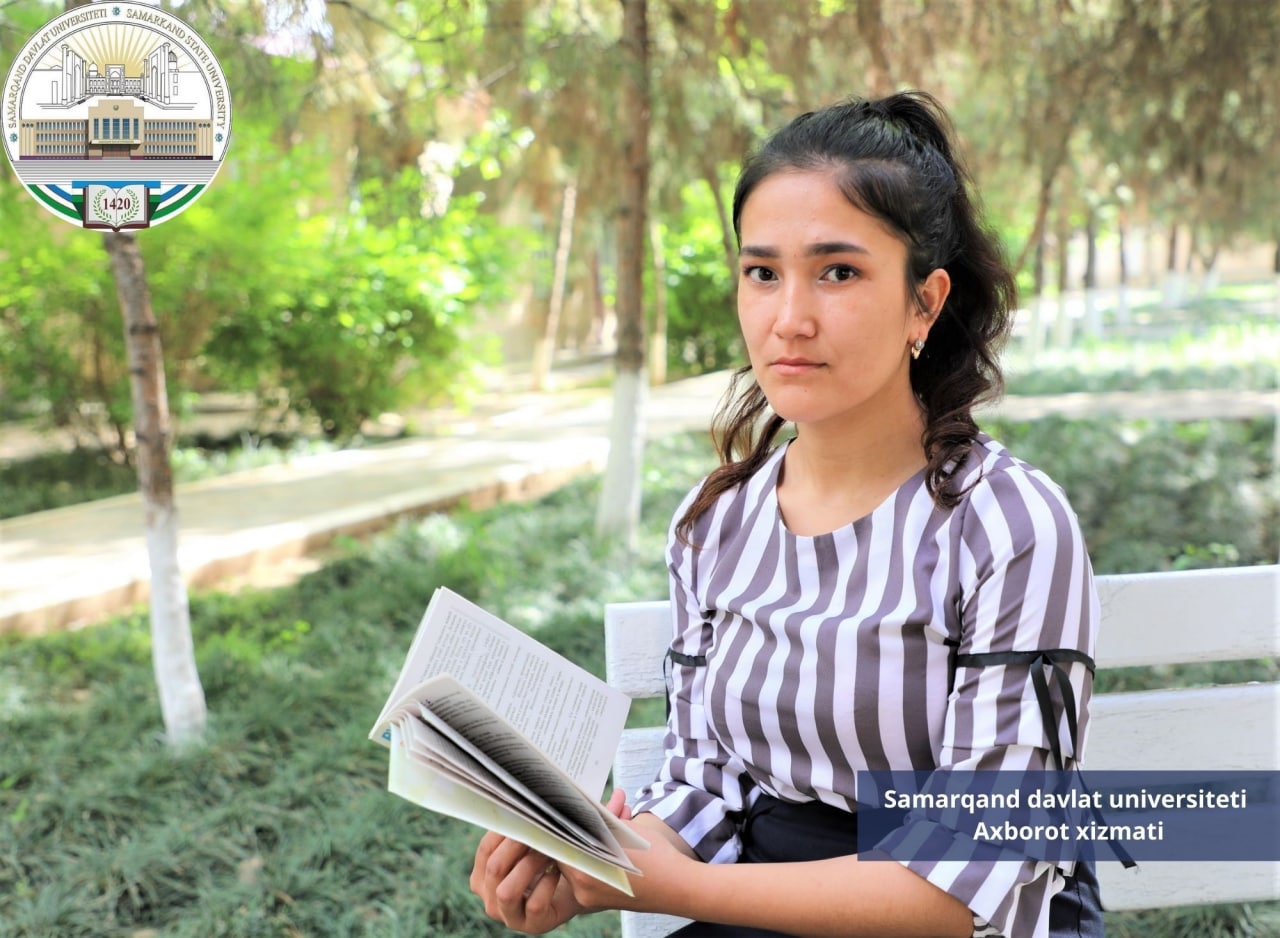From the problem of excess weight to getting a "high" yield: or do you know about the rye plant?

“Rye is mainly imported into our country. However, it can be easily grown in our country. In addition, it will be much cheaper than imports from abroad.”
“In medicine, rye is used in the manufacture of medicines for various oncological diseases, arthritis, osteoarthritis, bone inflammation, cardiovascular diseases, diabetes, bronchial asthma, skin diseases, thyroid diseases. In addition, products made from rye flour are useful for patients suffering from excess weight ... "
Markhabo Makhramova, Master of Biology, Samarkand State University, is conducting research on the topic "Some physiological parameters of one-year-old rye." To date, about 10 of his articles on this topic have been published in international and domestic publications. Marhabo is the winner of the Republican Olympiad in natural sciences. His main scientific interests are related to the physiological properties of rye.
“Although rye comes from Asia Minor, Central America, Iran, the Caucasus and South Africa, it is mainly grown in Europe,” says Markhabo Makhramova. - Western countries are among the world's leading exporters of rye grain. Currently, the scientific community pays great attention to research to improve the overall yield of rye and the creation of new varieties. Currently, together with my supervisor, Associate Professor of the Department of Plant Physiology and Microbiology Sirojiddin Urokov, we are conducting an experiment on planting Vakhsh-116 and Shalola rye varieties on a 20-hectare land plot on the territory of the Ulug Baraka farm in the Jambay district. Experiments were carried out on rye seeds in terms of germination, growth duration, water exchange properties, photosynthetic activity, transpiration intensity, water-holding capacity and productivity. One of the goals of research is to create high-quality and high-yielding varieties of rye that are resistant to diseases and pests.
It is well known that the Uzbek people are a “bread - loving” nation. Demand for wheat bread and other types of bread in our markets has always been high. Rye is mainly imported into our country. However, it can be easily grown in our country. Besides, it will be much cheaper than foreign imports.
Rye is the second largest crop after wheat and is widely used in the food and feed industries. It also has high healing properties. Rye grains contain vitamins A and PP, macro- and microelements, amino acids, proteins, carbohydrates, organic acids and mineral salts that improve blood circulation. These substances contribute to the growth and regeneration of tissues in the human body. In medicine, rye is used in the manufacture of medicines for various oncological diseases, arthritis, osteoarthritis, bone inflammation, cardiovascular diseases, diabetes, bronchial asthma, skin diseases, and thyroid diseases. In addition, products made from rye flour are useful for patients suffering from excess weight. This is due to the fact that rye flour contains less lipids than wheat flour. It is rich in calcium, strengthens bones and helps the nervous system to function normally. The presence of iron and magnesium in the product normalizes the composition of the blood. The abundant thiamine in rye promotes active digestion of food and improves digestion. Stabilizes the level of cholesterol in the blood. This will help you lose weight on your own.
In world agricultural practice, rye is used as green manure, or "siderat", to improve soil fertility. In agriculture, the term green manure is used to refer to crops grown to improve soil fertility. Rye is widely used in agriculture as a "green manure". First, rye is planted on the harvested fields. Then it is plowed in the spring, adding it to the soil before sowing the main crop. Growing young stalks of rye are absorbed into the soil, improving its physical properties, enriching it with organic matter and nitrogen, increasing soil fertility. This will undoubtedly contribute to a sharp increase in productivity. Apparently, rye is a "mountain boon" for agriculture, as well as for the food industry and medicine.

Iroda Bekmurodova,
Samarkand State University
Information Service Officer.
Photos by Shavkat Akramov.

